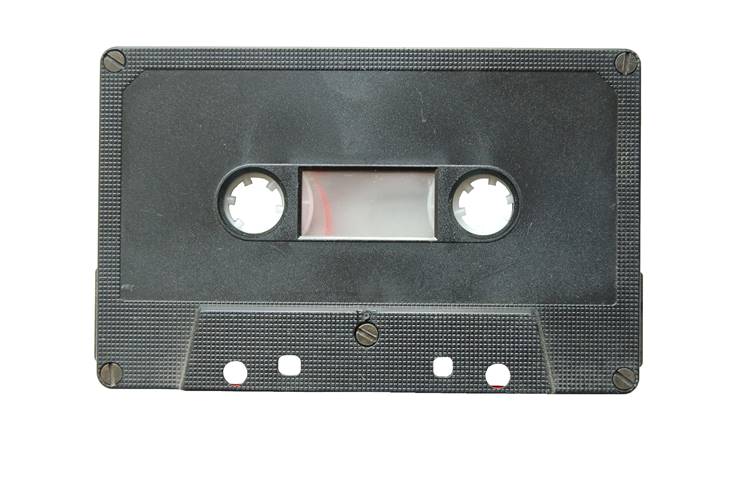History of Magnetic Recording
As the technology and science started greatly improving during late years of 19th and early 20th century, many innovators started exploring the ways to improve upon designs of purely analog devices such as phonograph (made by Thomas Edison), graphophone (made by Alexander Graham Bell) and gramophone (made by Emile Berliner). New and exciting field of electricity and magnetism provided them the way to create new wave of sound recording and playback devices that would became one of the most popular sound carrying media in the world.
The first experiments with magnetism as a medium for storing sound information came from late 19th century with the exploits of the Danish engineer Valdemar Poulsen who created first magnetic wire recorder (known as telegraphone) in 1898. The basic principle that he used became standard for all future magnetic recording and playback devices. Electrical signal that carries the information about the sound was carried to recording head, which magnetized a pattern on the recording medium (in his case magnetic wire) where it remained imprinted as long the magnetic field was uninterrupted by external influences. Playback head can then be introduced over the magnetic medium and moved in accordance to the recording speed, picking up the changes in magnetic field and causing electric fluctuations that reproduced the originally captured sound. Poulsen showcased his designs that were based on wire, tape or disk mediums on 1900 World's Fair in Paris, where he captured the voice of Emperor Franz Josef of Austria. This recording represents the oldest surviving magnetic audio recording of today.

Magnetic recording gained an important milestone with its acceptance from the British Broadcasting Corporation on Christmas Day of 1932. The used a new and innovative design that could record up to 30 minutes of speech, but that implied great dangers in handling and maintaining recording and playback device. Medium for recording such long transmissions was steel razor sharp tape that was 3mm wide and 0.008mm thick, that was used at the speed of 90 meters per minute, reaching the size of staggering 3 kilometers for full half hour recording. 1940s and1950s introduced much smaller and portable devices known as wire recorders. Even though their sound quality and difficulties with maintaining were not up to standards that were present with gramophones, they remained popular until magnetic tapes came into worldwide use.
Magnetic tapes were first showcased in 1935 Germany, and the extensive war effort and need for better control of information led to several very important advancements. Allied forces soon became aware that Germans had the technology for broadcasting pre-recorded material that was of very high quality and very long length, and their capture of several German Magnetophons caused much interest in the western scientific community.
The most influential person that enabled rise of magnetic tapes in the west was John T. Mullin, who after the war came into possession of several German magnetophones. After several years of improvement, he showcased their new designs in 1947 to the MGM bosses in Hollywood who instantly saw the potential for a technology that provided astounding sound quality and long playback capabilities.
From that moment on, magnetic recorders became standard piece equipment for audiophiles, casual music listeners, professional sound workers, and computer engineers who used magnetic data storing as a basis for developing early computer industry.
